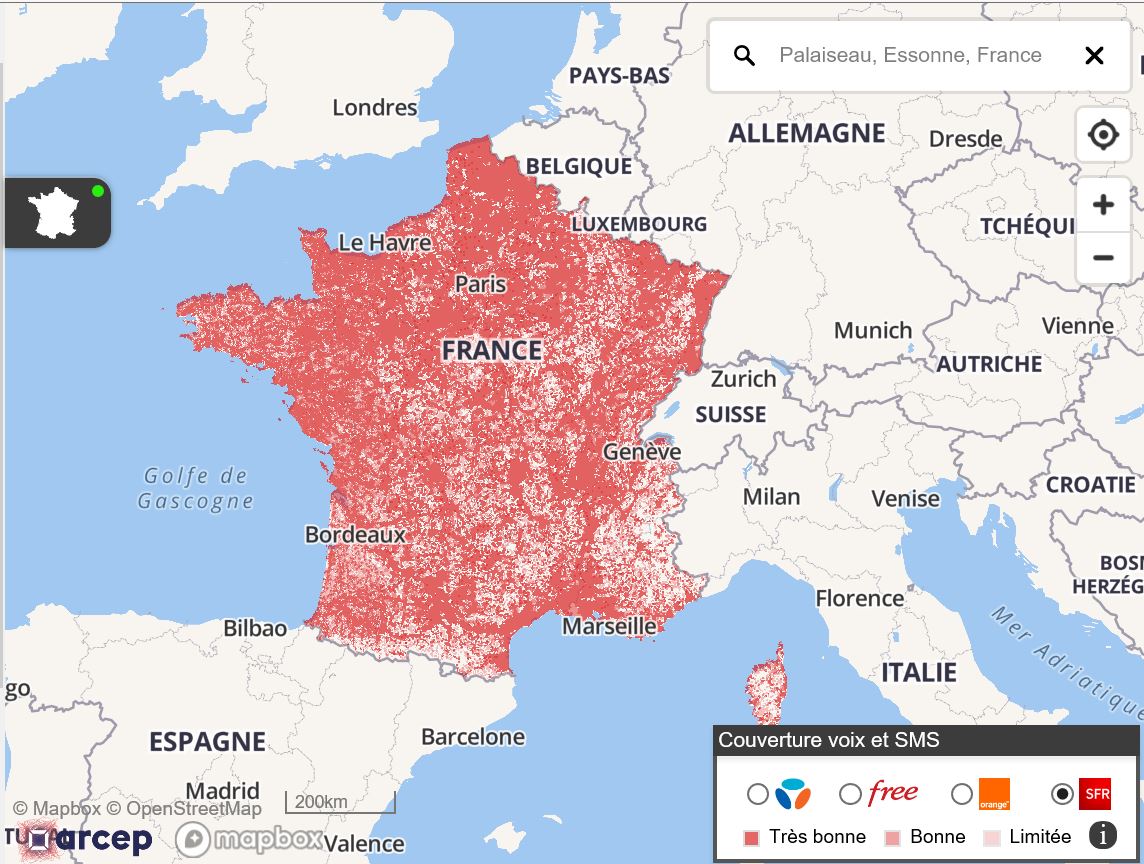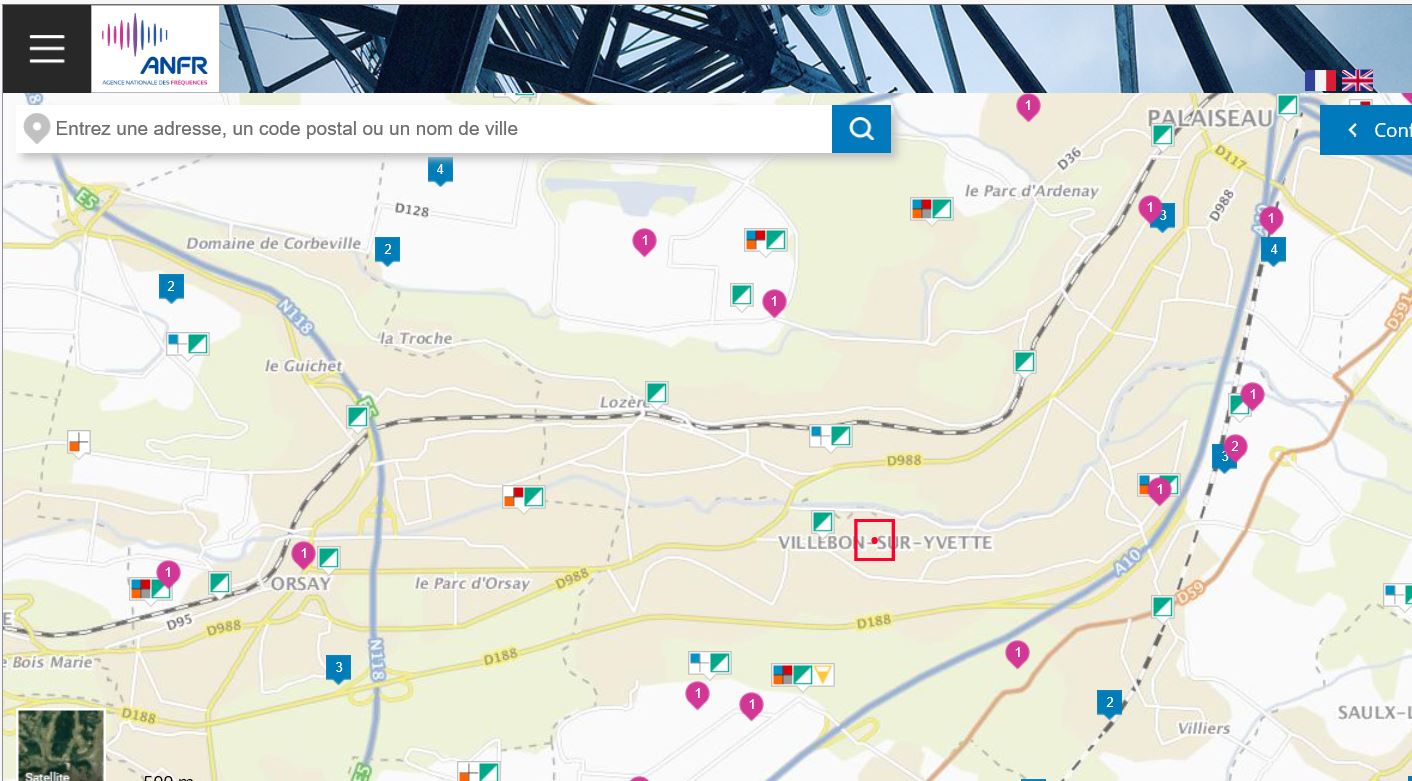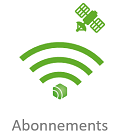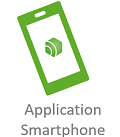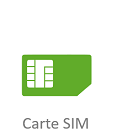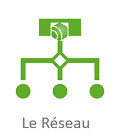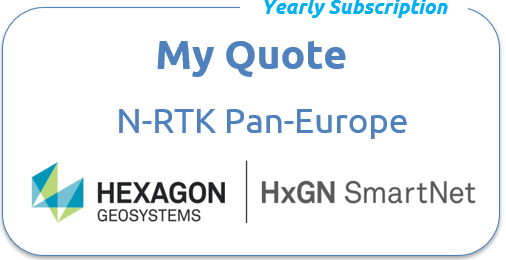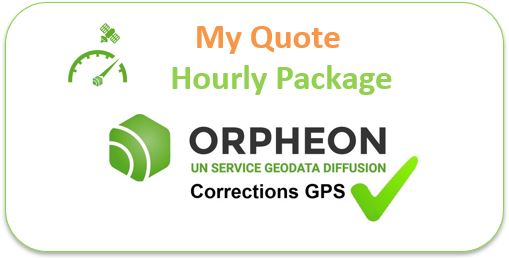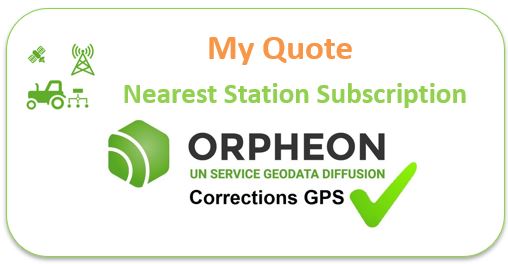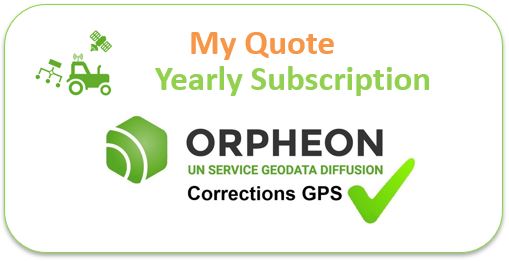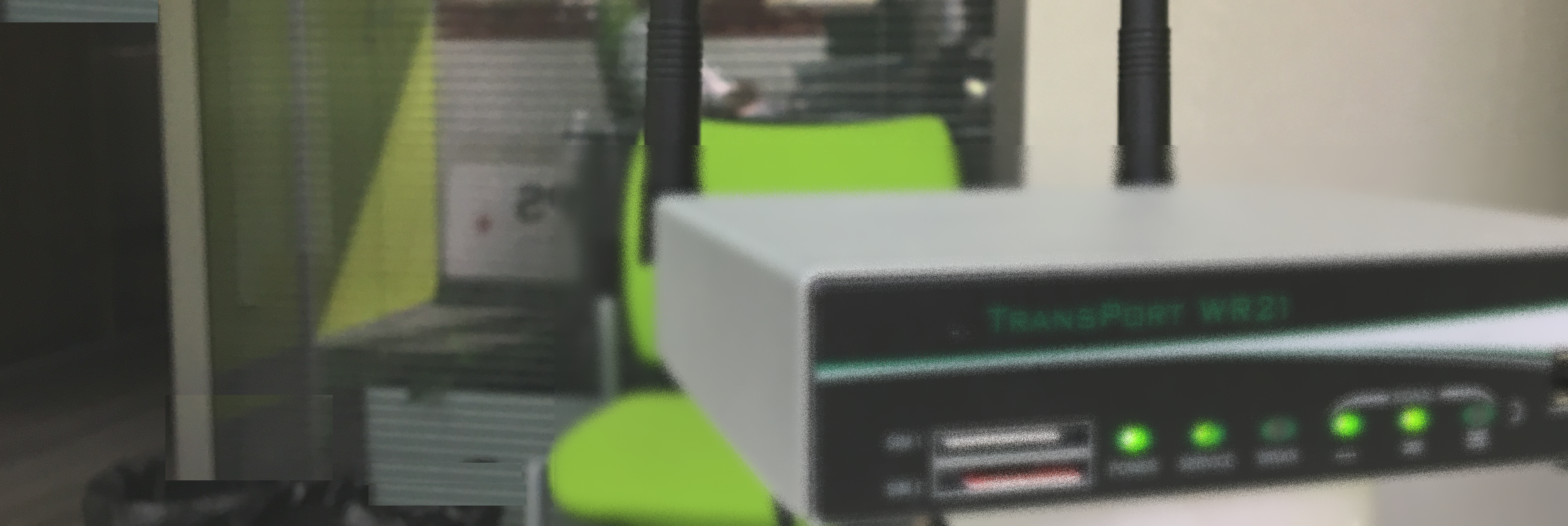
Do you know the differences between 2G, 3G and 4G?
Since the advent of mobile phones, smartphones and connected objects, four generations of mobile phone networks have followed:2G
2G (G for generation) is now the oldest mode of mobile telephony in France, appearing in 1982. It marks the transition from analog to digital. The 2G mode is a small revolution, since it opens the doors of mobile Internet to subscribers with a suitable telephone, thanks to the transfer of data by packets. Its average speed is 9.6kbits/s, much lower than that of current mobile networks. And since it is not very powerful.
GPRS
The GPRS mode, for General Packet Radio Service, is also nicknamed 2.5G, since it served as an intermediary between the 2G and 3G mobile network. Considered today as excessively slow and outdated.
EDGE
EDGE mode is an evolution of GPRS, and allows you to take advantage of a faster speed than for the previous generation. This network allowed the transition between the 2G and 3G network,
3G
3G, the third generation of mobile internet, is certainly the most popular and best known to the general public, since it marked the advent and development of smartphones. Subscribers are then able to surf the web, access their e-mail, send photos and videos, thanks to a suitable speed.
4G
Avec internet mobile 4G (ou 4G LTE), les fournisseurs permettent à leurs abonnés de naviguer sur Internet avec une grande rapidité.
Towards a removal of 2G mobile internet?
More generally, a future reorganization of the low frequencies used by 3G could also take place in the coming years in France (900 MHz) in the same way as DTT for 4G. What unclog the spectrum of mobile frequencies. Europe has yet to feel the full effect of the 2G phase-out, however, many European and French providers, including Orange, Vodafone and Swisscom, have already started with a target to phase out 2G between 2024 and 2025. . The end date of 2G is not scheduled for the moment at Orange, yet Orange has started cutting old 2G mobiles. the CEO of Orange commented in an interview with Les Echos: “The question must be asked. We are not going to pile up the networks indefinitely. The use of 2G is falling sharply and alternative technologies can support its uses. By 2025, in Europe, we can envisage an extinction of 2G, at least for the general public”.2G should gradually give way until it completely disappears
you should know that telephone operators are reallocating certain frequencies used for 2G to 3G and 4G services, reducing network coverage and 2G performance. This gradual abolition of 2G will prevent the use of the oldest terminals.Agriculture: the most concerned
Historically farmers in their tractors have long used 2G modems to access mobile internet and get RTK corrections. Inevitably they are already affected by these changes. Of course, other users in topography, GIS or machine guidance are also concerned. In their case very often the modems are integrated into their GPS.Is my equipment affected?
Mobile Internet and the Orpheon network
Before accessing the Orpheon network servers, your mobile system must first of all have a stable connection to the mobile internet. It is only once connected to the mobile internet that you will be able to connect to Orpheon services and receive RTK corrections from the network. The quality of the mobile Internet connection is therefore a major criterion for the positioning quality of your GPS. Your equipment has an integrated or external modem that will allow connection to the mobile internet. Depending on the age of your equipment, your modem has different communication modes, 2G, 3G or even 4G.2G Modem
If your modem is relatively old and only has one 2G band then you need to replace it now because you will inevitably encounter connection problems. We note, moreover, that this already sporadically concerns all the regions.2G/3G modem
If you have a 2G/3G modem, no worries. Just check that it is not configured to work only in 2G and rather force it in 3G to avoid seeing the quality of your connections degrade as the relays close to you are modified by the operators of telephony.
3G/4G modem
No worries, this is the latest hardware and is not affected by these changes.
Check your mobile internet coverage?
In order to determine what is the level of coverage for your mobile internet access in the area in which you wish to work, there are two official sites
1/ The ARCEP website:
2/ the ANFR website
How do I diagnose my connection problems?
When you encounter network connection problems, it is essential to be able to determine the source of these problems, which are generally linked to one of the following two reasons:
- a problem connecting to the mobile internet?
- a problem connecting to the Orphéon network?

In order to offer offers perfectly adapted to the needs of users, we have designed several subscription formulas. Our commercial offer is very clear and very flexible. So, in complete transparency, you only pay for what you really need.
Orphéon subscriptions are marketed also in France by a distribution network of more than 40 agencies, representing all brands of equipment. Depending on your specialty, contact your usual distributor without hesitation (Find your Orpheon distributor), he will know, better than anyone, how to answer you and support you in your projects.

